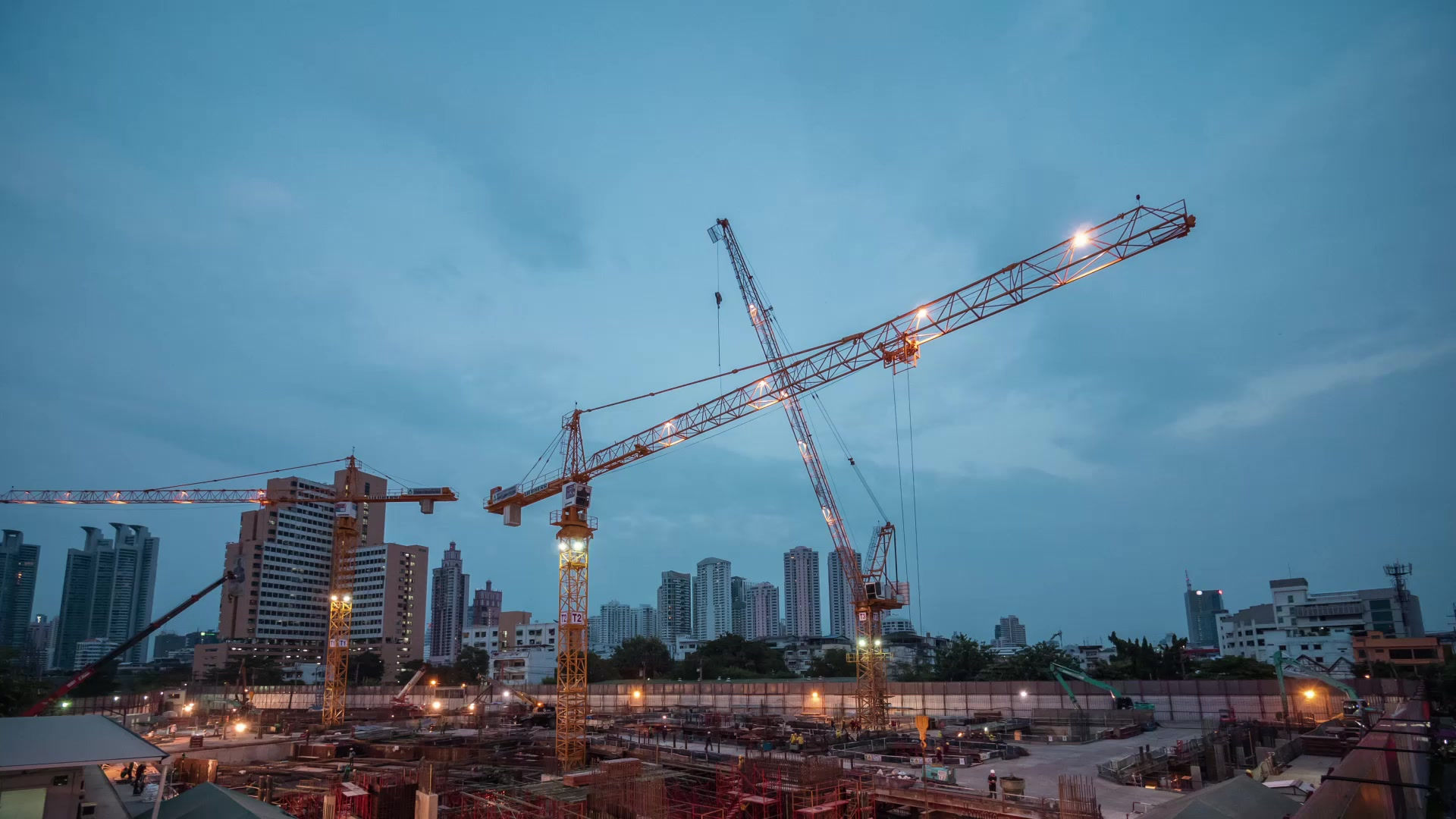Concrete Curing Period for House Construction: A Crucial Step for Strong and Durable Homes
- arunbalajee

- May 16
- 3 min read

Introduction
When building an individual house—especially in a city like Chennai—many homeowners focus on design, finishes, and costs. But one of the most important and often overlooked elements of the construction process is concrete curing.
This blog breaks down why the concrete curing period for house construction is so vital, how long it should last, and the best practices for ensuring a strong, long-lasting structure.
What is Concrete Curing?
Concrete curing is the process of maintaining adequate moisture, temperature, and time to allow cement in the concrete mix to hydrate properly. This step helps the concrete reach its full strength and durability.
Improper or rushed curing can lead to:
Cracks in slabs and columns
Weak compressive strength
Premature deterioration
Reduced lifespan of the structure
Ideal Concrete curing period for house construction
For most residential construction projects in India—especially in Chennai’s warm climate—here’s the recommended curing timeline:
Minimum: 7 days (for standard Portland cement)
Ideal for structural elements (footings, columns, slabs): 14 days
Best practice for long-term durability: 21 to 28 days
In Chennai’s summer months, concrete tends to dry faster, so maintaining moisture becomes even more important.
Why Curing is Especially Important for Individual Homes
Unlike large apartment projects with rigid quality protocols, individual house construction can sometimes suffer from corner-cutting if not monitored. That’s why understanding and ensuring proper curing is crucial.
Benefits of proper curing:
Prevents cracks and shrinkage
Increases strength and load-bearing capacity
Improves resistance to weathering and corrosion
Reduces long-term maintenance costs
Best Curing Methods Used in Chennai
At Construct It, we follow strict site protocols tailored for Chennai’s climate. Here are the most effective curing methods:
Water ponding: For slabs and horizontal surfaces
Gunny bags or wet cloth wrapping: For columns and beams
Sprinkler curing: For large surface areas
Membrane curing compound: Where manual watering is not feasible
These methods help keep the concrete surface moist and allow the cement to hydrate uniformly.
Common Questions About Concrete Curing
1. Can I reduce the curing period if I’m in a hurry?Not recommended. Rushing curing may weaken the structure permanently. It’s better to plan your schedule to allow at least 14–21 days of curing.
2. Does curing affect the final quality of the building?Absolutely. Proper curing ensures that the concrete achieves its full strength potential, making your home safer and longer-lasting.
3. Is curing different for foundation vs. roof slab?The process is similar, but roof slabs are more exposed to sun and wind, so they need extra attention during curing.
Why Choose Construct It for Your Home Construction in Chennai
At Construct It ( www.constructit.in ), we specialise in turnkey construction of individual houses, villas, and bungalows. Our team ensures:
Timely and proper curing processes
Daily supervision and site updates
Compliance with IS standards
Use of high-quality materials and tested curing methods
Final Thoughts
The curing period may seem like a small part of the construction timeline, but it plays a huge role in the strength and life of your home. When building your dream house in Chennai, make sure you work with a contractor who doesn’t cut corners—especially when it comes to structural quality.
📞 Ready to build your home with expert guidance?
Contact Construct It today for end-to-end construction services you can trust. www.constructit.in





Comments